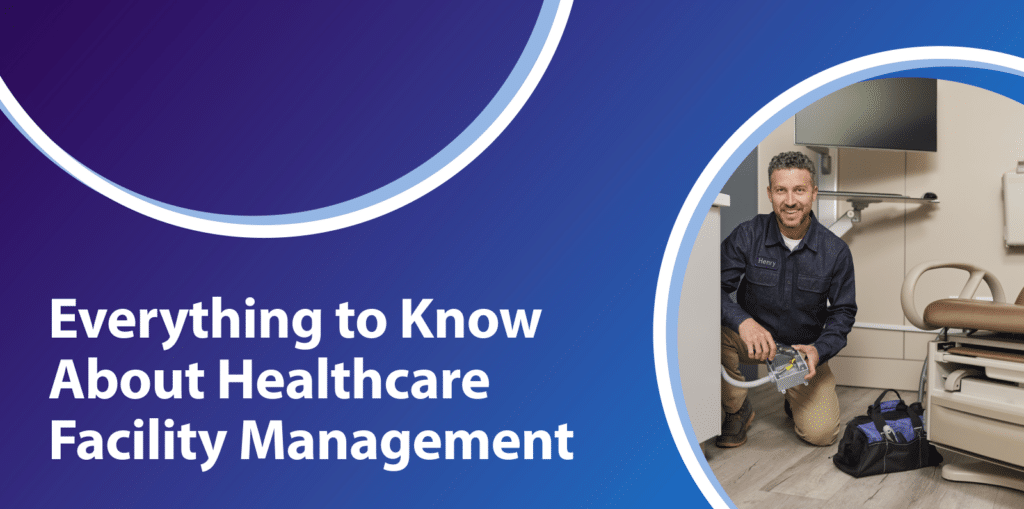4 Service RFP Best Practices for Facilities Managers

Facilities managers can’t keep businesses up and running in a vacuum; to effectively maintain facilities, managers are only part of the equation. When equipment requires routine maintenance, repairs need addressing or weather-related emergencies come up, you have to call on qualified contractors who can get the job done properly and efficiently. Therefore, FMs are frequently tasked with issuing requests for proposal (RFPs) for the work they need performed.
RFPs exist in every industry, but in the facilities management world they are documents issued to request contractor bids for repair and maintenance work. Occasionally, FMs also need to issue requests for other types of solutions or services, such as new software platforms. While exact RFP processes vary by organization and department, they typically follow these steps:
- Identify and define your needs internally
- Publish RFP and solicit contractors
- Review and evaluate bids
- Select a provider and sign a contract
- Assess the process
By creating comprehensive RFPs, you can increase the likelihood of hiring capable, compliant, reliable contractors. Good RFPs also boost your chances of negotiating favorable contracts.
We’ve seen the RFP process from both perspectives—the facilities manager’s and the service provider’s—giving us unique insight on what produces the best results (and what doesn’t). Based on this experience, we’ve developed a number of best practices that FMs should follow, and contractors should look for, throughout the RFP process:
1 – Use a Template

There are a number of key elements to include in your template:
- Who You Are: Include a brief overview of your organization, such as what your main product or service offering is.
- What You Need: State the service you need performed, such as a refrigerant level check, snow removal from a parking lot or window cleaning. If you need a contractor with special certifications or abilities, include those.
- Timeline: Give clear parameters for when you need the work completed by. If the RFP is for emergency service, emphasize that.
- Visuals: It can be extremely helpful to include images, such as photos of the asset, parts, blueprint or warranty. This will help give contractors key information about what the project will entail.
- Location: Where is your facility? This will help avoid responses from geographically inconvenient providers.
- Budget: Including how much you’re willing to pay will weed out contractors that are not aligned. It will also give you a place to start once contract negotiations start. Of course, what you list as your budget should be a strategic number that will elicit qualified responses but keep your costs down.
It’s also important to remember to limit your use of specific jargon in your RFPs. Instead, use clear language that all contractors will understand to remove any potential barriers. Furthermore, if you need extra information from vendors, don’t be afraid to ask.
2 – Provide References, and Ask for Them in Return
References are extremely important; you’re much more likely to receive qualified bids if contractors know what working with you will be like. Ask contractors you’ve worked with in the past to write brief references for you, including details about your professionalism, responsiveness, promptness of payment and level of support.
Similarly, ask for contractors’ references to get a good idea of their quality of work and past performance. Keep in mind that vendors responding to your RFPs are giving a kind of sales pitch; references and reviews will give you an honest picture of what working with them would be like. If contractors don’t provide references on their own, be sure to request them. You can also make a note in your RFPs that you require vendor references, ensuring that only those willing to provide them submit bids.
3 – Organize RFPs Digitally
Pen and paper RFPs are a thing of the past—as well they should be, since they’re extremely difficult to keep organized. Digital RFP platforms streamline the whole process, including issuing, receiving, communicating, approving and storing. This keeps everything in one place so it’s accessible to all stakeholders.
Specialized FM RFP software also records the entire RFP process, so when issuing new requests you can easily go back and check any details from past requests you might need. Furthermore, having detailed records makes it simple to review for compliance purposes.
4 – Follow Up
After you issue an RFP and set a completion deadline, follow up halfway through. This helps keep your request top of mind and increases the likelihood that you will receive enough qualified response.
In addition, after you award a contract, connect with the vendors you did not choose; let them know why they weren’t selected and how they can improve in the future. Not only does this practice help contractors win more business, but it also works to establish open communication and positive relationships that may benefit you down the road.
Final Thoughts
Above all, throughout the RFP process remember to keep an open mind. Time and again, we’ve seen FMs go into the process with a specific contractor in mind, thereby limiting their openness to another provider who may actually meet their needs better. Think of it this way: you want your RFPs to receive as many qualified bids as possible, as you can use the increased competition to negotiate more favorable pricing and service options.
Learn more about optimizing your RFP processes to achieve the best possible results.



